Flower lovers will gladly replenish their home mini-garden with exotic plants. Moreover, the most original “new settlers” are often not only beautiful, but also dangerous. Beginning gardeners, especially those with children and pets, should consider the poisonous species of indoor plants and their names before buying.
Content
Specificity of Poisonous Domestic Plants
The poisonous inhabitants of our window sills often bloom spectacularly and have a pleasant aroma. Strong-smelling specimens can harm allergies. Even an absolutely healthy person, due to too active exposure to essential oils of flowers, may have a deterioration in well-being with headaches and blurred consciousness. The degree of allergic manifestations depends on the characteristics of a particular organism and the age of the person.
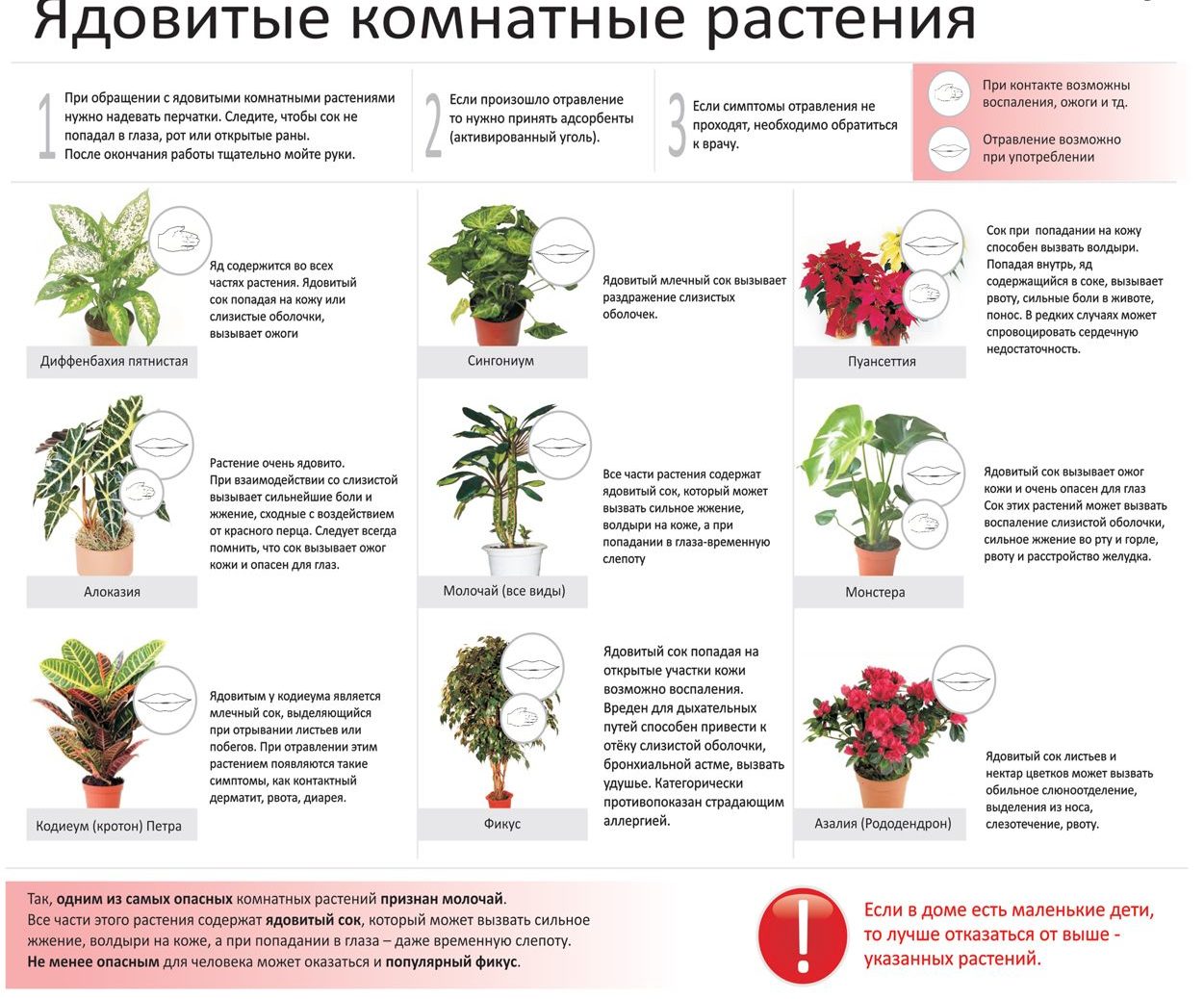
In poisonous plants, their juice is particularly dangerous, the ingress of toxins into the esophagus causes poisoning with various side effects. In particular, a rash, skin reactions in the form of burns, ulceration, dyspeptic manifestations, dizziness may occur. In some cases, you need to seek specialized medical care.
Many euphorbiae species, for example, have spikes that affect the skin.
Names of indoor allergen flowers
There is no need to get rid of a houseplant if there are no allergies among households and regular guests. However, you must always be vigilant and know the characteristics of your plants.
Geranium
A true assistant to healers from the same family has many useful properties: it is a wonderful antiseptic, helps with cough and runny nose, tonsillitis and otitis media, relieves stress and tension, normalizes blood pressure and helps with toothache, treats rashes, eczema, etc.
Geranium emits a large number of essential oils, which not only smell pleasant, but can also cause allergies. With a worsening of well-being, suspicion does not always fall on this flower, the symptoms are usually similar to colds. In hypersensitive people, severe rhinitis begins, problems with the respiratory system are not excluded. Rarely, but possible Quincke's edema or anaphylactic shock.
Problems arise precisely with direct contact with the plant. You should not touch it to pregnant women and women taking birth control, as well as people with low blood sugar and small children. Kids often “taste” everything that comes across, and because of this flower, digestion problems may appear, symptoms of hypotension may occur, and blood viscosity will increase.
Oleander
The olenadron blooms profusely, exuding a pleasant and powerful aroma, leading to dizziness. Absolutely the whole plant containing oleandrin and cornerin in its organs is poisonous. However, leaves of a lanceolate form are especially dangerous.
If they are ingested, they can cause severe colic, diarrhea and vomiting, and then disrupt the activity of the heart and central nervous system.Due to the mentioned organic compounds, the heart rhythm may be disturbed and even the heart may stop.
Ficus
The cunning of ficus lies in its juice, which contains about 40% rubber. Milk can be allergic to unprotected skin (scratching, tingling, in rare cases, blisters). If it gets into your eyes, then there may be a burn of the cornea, and then visual impairment.
Juice is secreted during a plant transplant, pruning and the formation of its crown if the ficus is damaged and sick. It is in these cases that the well-being of people exposed to latex allergies can worsen. Particular vigilance should be shown to parents whose babies touch the flowers.
Ficus is not deadly, but its leaves can be seriously poisoned (signs: nausea, diarrhea, vomiting reflexes, headaches and blurred consciousness). For pets, it is also poisonous, but usually does not cause them interest. Asthmatics may have bouts of illness, vomiting, swelling of the mucous membranes, and diarrhea.
Azalea
Some beautifully flowering species representing the genus Rhododendron are so elegantly called. These small flowers, similar to lilies, smell strongly. Fragrance can cause severe dizziness and even loss of consciousness.
Toxins are dangerous in fresh leaves and flower nectar, the product of which is honey. In case of ingestion of parts of the plant in food, there will be a burning sensation and increased salivation in the mouth. Then - vomiting, diarrhea, headaches, weakness and blurred consciousness. With a violation of the heart rhythm, convulsions and even coma are not excluded.
Poisonous indoor flowers that can cause gastrointestinal upset
Any fragments of the plant and their juice can accidentally enter the human body. Some plants have an extremely negative effect on the digestive tract.
Spurge
Since the milky white juice of representatives of the genus Euphorbia is poisonous to varying degrees, in nature animals avoid these plants. White-veined or white-veined euphorbia, which has a very exotic look, is popular among gardeners.
But you should be careful and remember that if the juice got into the consumed water or food, then toxic gastroenteritis can develop within 8-12 hours. It is characterized by the manifestation of headaches, burning and pain in the esophagus, vomiting, diarrhea, pain and bloating, dry mouth and dehydration, decreased blood pressure and cardiac arrhythmia.
Amaryllis Belladonna
A bulbous plant with pretty flowers and a delicate aroma in all its parts contains the alkaloid lycorin. Especially there is a lot of it in the bulbs, which must be handled with: it is advisable to use gloves or wash your hands thoroughly and not touch your eyes.
Licorin is used in medicine. In small doses, it promotes expectoration. In case of an overdose, vomiting begins, blood pressure decreases, intestinal function and general health deteriorate, convulsions may appear.
Aloe striped
There are many species of this succulent plant (over 500). Aloe Vera, which is present on many window sills, is especially famous for its healing properties. Florists are actively growing its striped relative, which, due to the toxicity of all parts for medicinal purposes, should not be used.
The juice of the plant provokes the development of uterine and intestinal bleeding. Striped aloe vera should especially be avoided by pregnant women, as there may be a miscarriage.
Hydrangea
In all parts of this beautiful garden-plant, cyanogenic glycosides are contained. You can admire, touch and smell the flowers, but you can not even allow accidental ingress of hydrangea juice into the body. In case of poisoning, excessive perspiration occurs, blood circulation worsens, stomach pains, itching, nausea and muscle weakness are felt.
Monstera
There is a lot of negative information about the monster. But it is dangerous only if a person tries to get its juice, and then apply it to the skin, mucous membranes or use inside. The active substances in its composition strongly “burn” the oral cavity, cause intense salivation and inflammation. Once in the digestive system, they cause internal upset, vomiting, inflammation of the intestines, and even stomach bleeding.
Pachypodium Lamera
Another dangerous succulent. It is also called the Madagascar palm. Contains poisonous milky juice in all parts. Since the trunk is very prickly, leaves growing in a bunch remain accessible at the top.
The juice inside the human body causes vomiting and diarrhea. In this case, dizziness is felt, there may be convulsions and even respiratory arrest. Therefore, the Madagascar palm tree should not be in rooms with children.
Names of colors that cause skin irritation
Contact with some house plants can cause skin irritation.
Persian cyclamen
A very delicate flower has long been used in folk medicine. Nowadays, there are also recommendations to bury juice in the nose from sinusitis. But if the consistency is not diluted with water, then such treatment can be harmful.
After all, the juice contains substances with a strong toxic effect: it can burn the mucous membrane, rise in temperature, sore throat and difficulty breathing. Most poison in the tuber. Getting on the skin, the juice can cause intense irritation and inflammatory processes.
Dieffenbachia
When working with evergreen dieffenbachia, you need to use gloves and then wash your hands thoroughly, because it is poisonous and causes dermatitis (inflammatory damage to the skin). Juice that has got into the body, especially from the stem, causes burns and swelling, disrupts the digestive and respiratory systems.
Cacti
Basically, the danger comes from thorns, because as a result of an injection there can be not only pain, but also a slight abscess (as is the case with a usual splinter). Depending on the species, cacti have various biologically active substances. Some may have hallucinogenic properties.
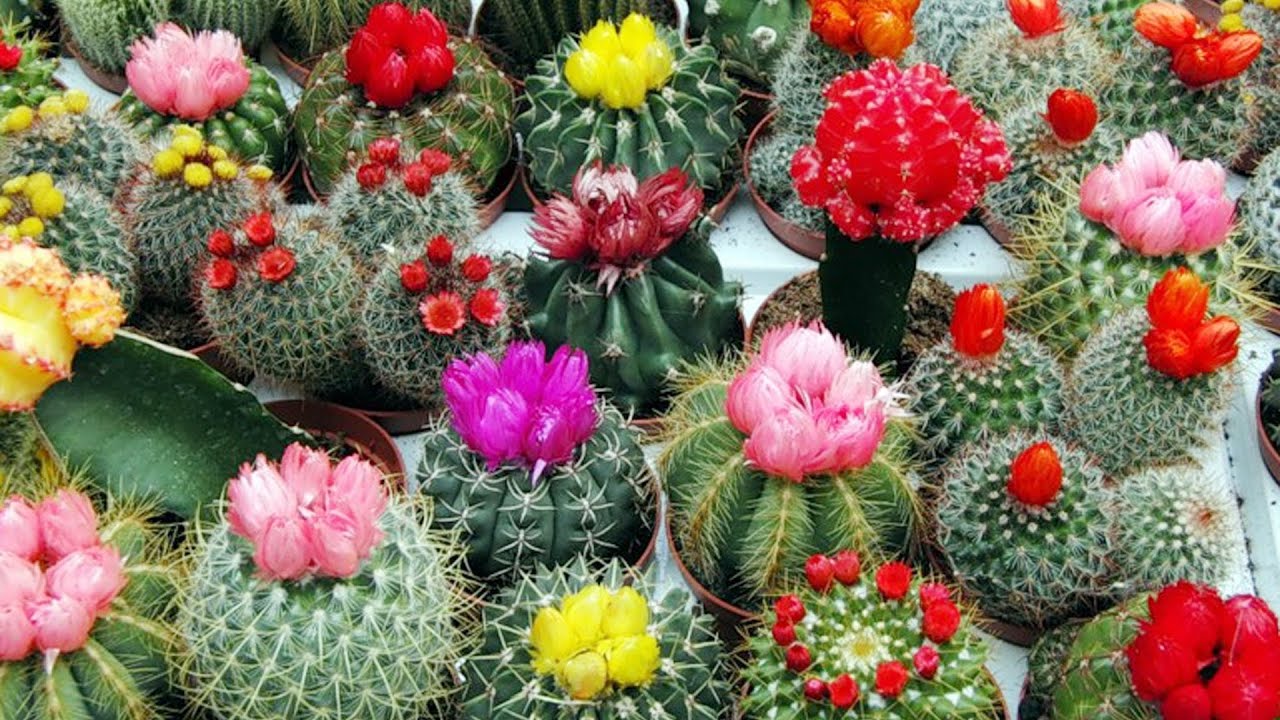
Spathiphyllum
Spathiphyllum (popular name - "female happiness") is grown for several reasons. Among them - an elegant appearance and the ability to absorb harmful particles from the air. But contact with any part of it can be harmful.
Due to the ingress of juice on the skin, rashes and long non-healing wounds appear. Eaten a fragment of the plant will cause inflammation of the mucous membrane of the mouth and esophagus, severe pain in the stomach and indigestion. In addition, the airways become inflamed.
Poinsettia
The most beautiful member of the Euphorbia family is nicknamed the “Christmas Star”. People with an allergy to latex need to touch this star with protected hands, because its milky juice causes skin irritation. If it gets into your eyes, there may be a burn of the cornea.
Anthurium
Not only “female happiness” (spathiphyllum) can be deceiving, but also “male happiness” (anthurium). And all thanks to oxalates - oxalic acid salts. When it comes into contact with the skin and mucous membranes, the juice acts annoyingly, burns and ulcers are possible (depending on the person’s tendency to allergies). The presence of any part of the flower in the oral cavity causes swelling and burns.
Plumeria
It smells amazing, recalling different aromas: jasmine, lily of the valley, gardenia, citrus and spices. In this case, the tree is very beautiful and has poisonous juice, which causes a burning sensation, an allergic reaction to skin contact.
Common Growing Questions
- on the skin - wash it thoroughly with soap under running water;
- in the eyes - rinse for at least 10 minutes with running water;
- inside - rinse the stomach, drink sorbents or activated charcoal (if a piece of flower has been swallowed, then vomiting should be called first). In all cases of poisoning, milk should not be drunk, it will enhance the effect of toxins.
Each plant has its own advantages and disadvantages. In the process of evolution in the struggle for survival, some species have found their protective mechanisms, including poisonousness. This hidden quality can affect the human body externally and internally. You need to know about it before you deal with one or another indoor representative of the flora.

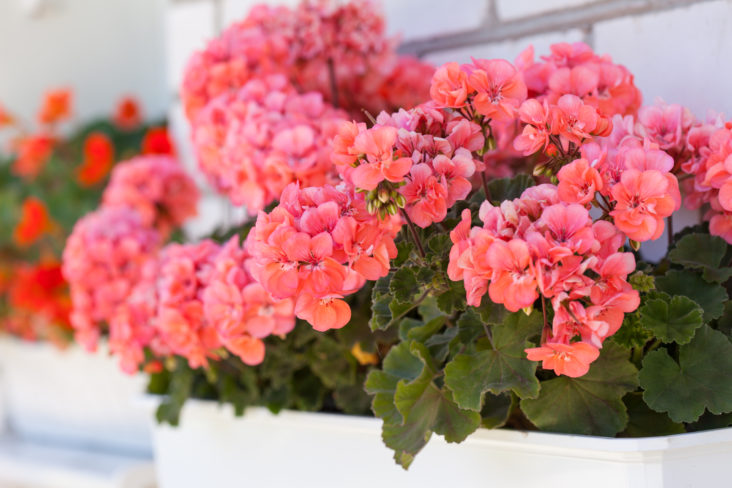
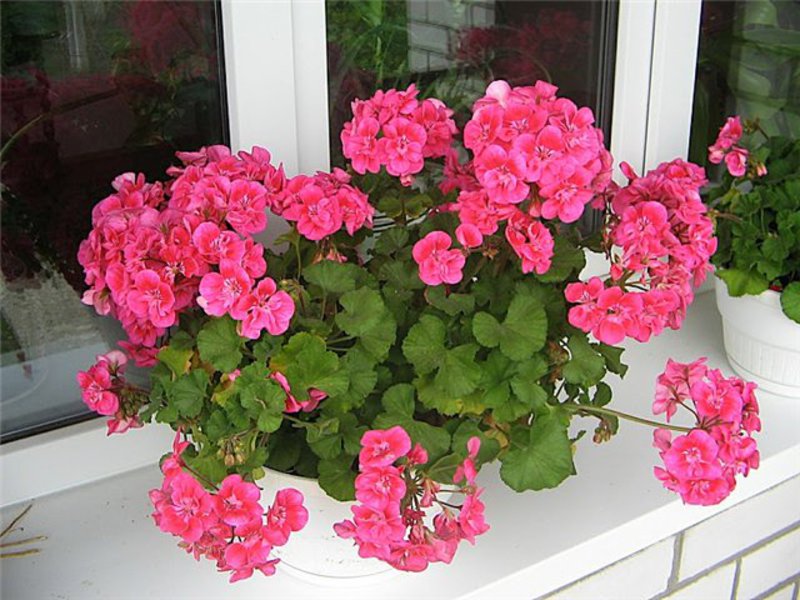
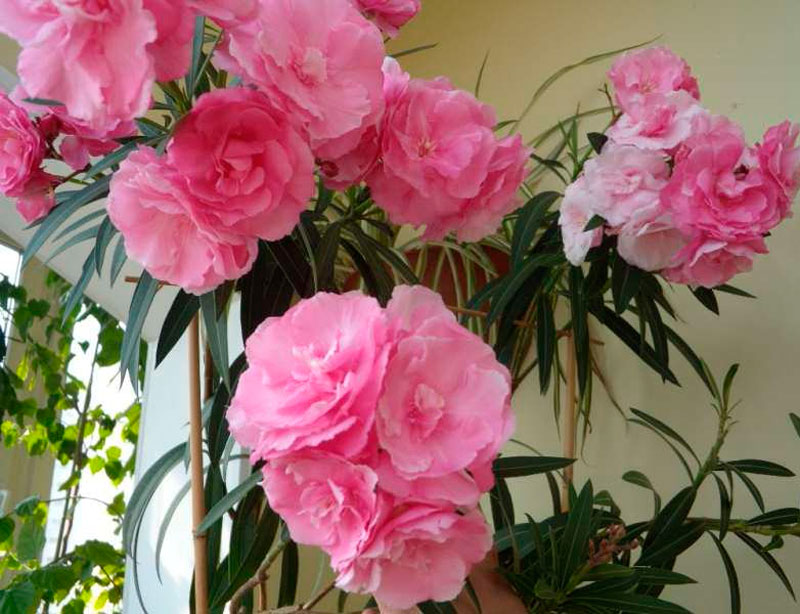
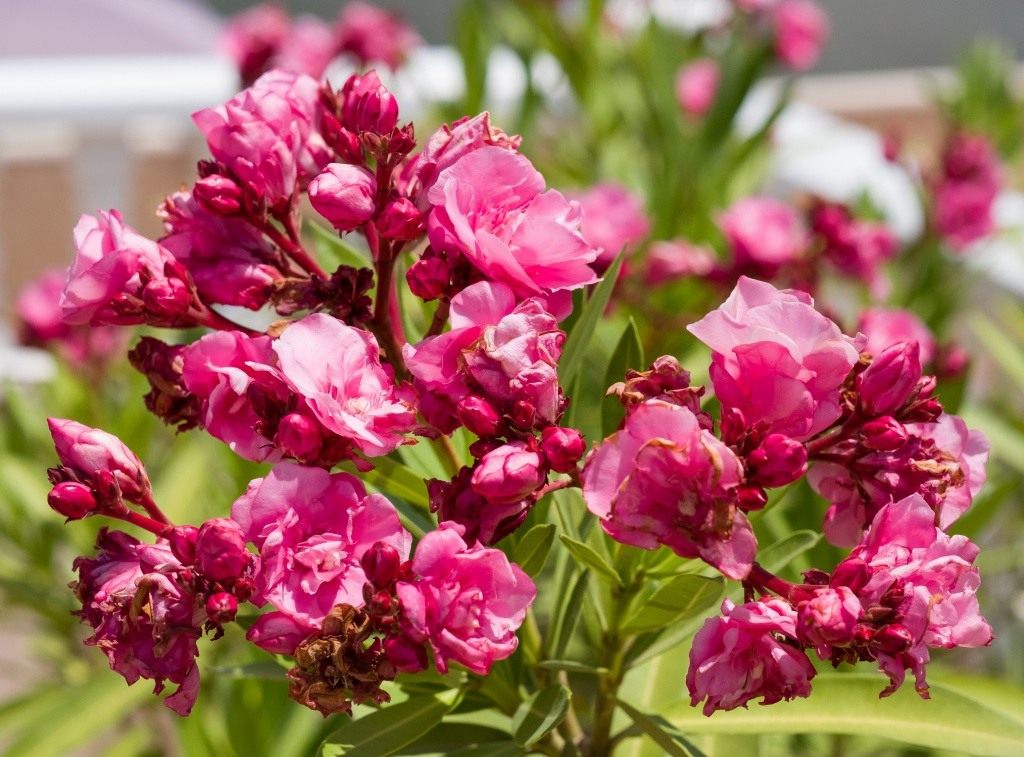
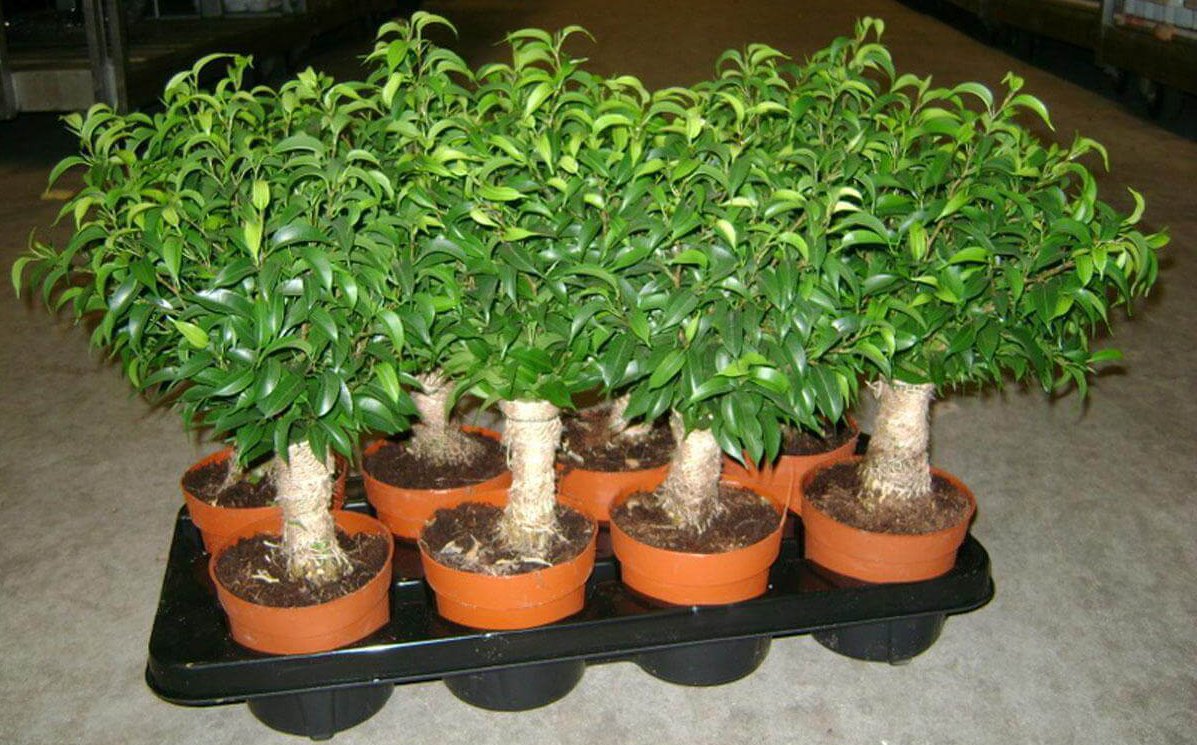
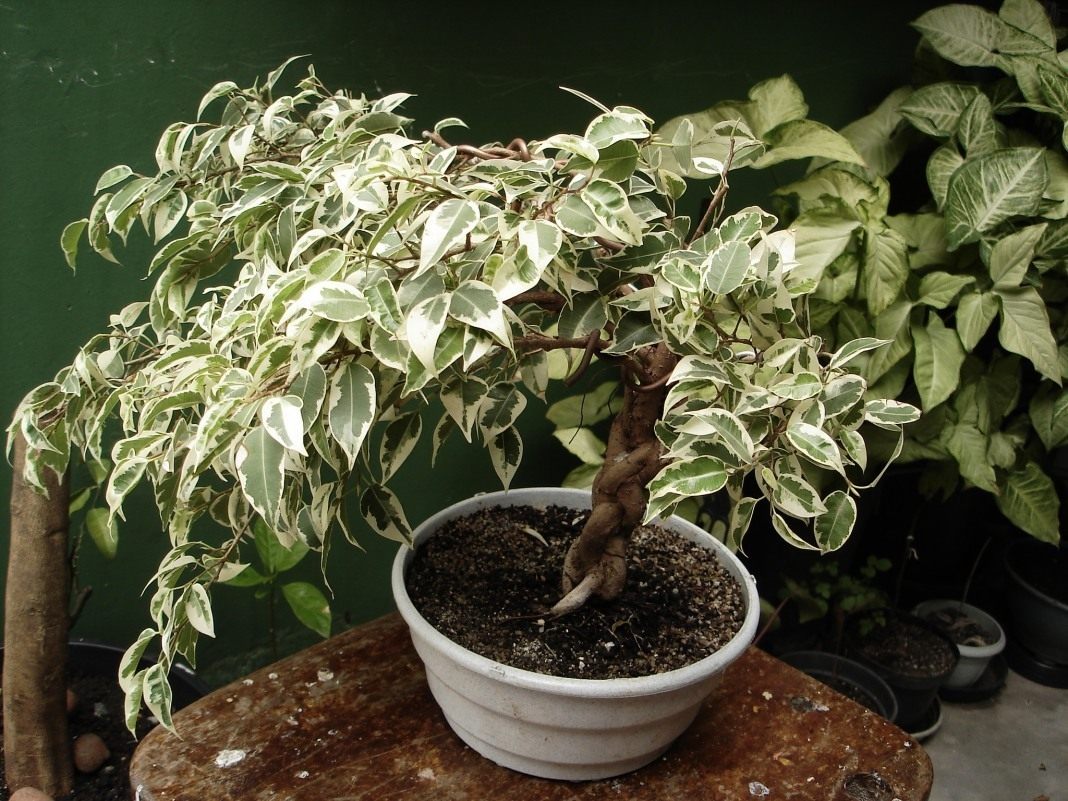
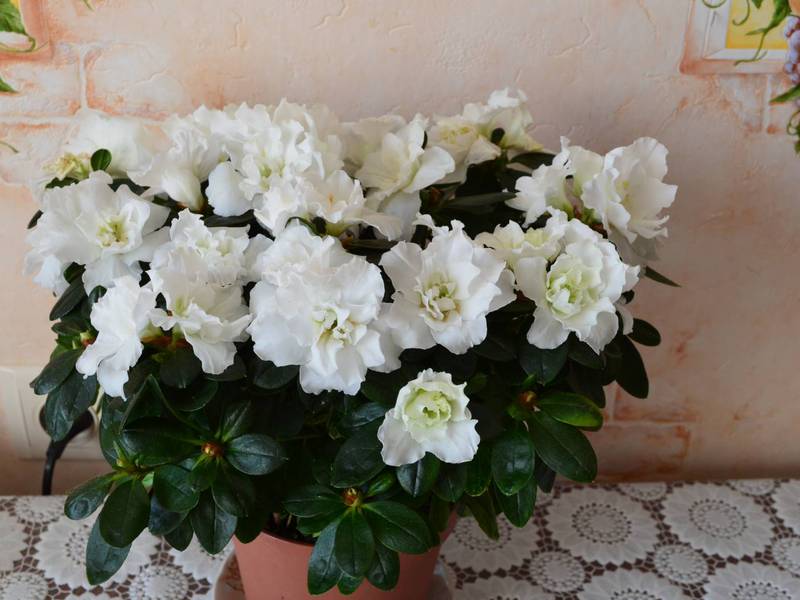
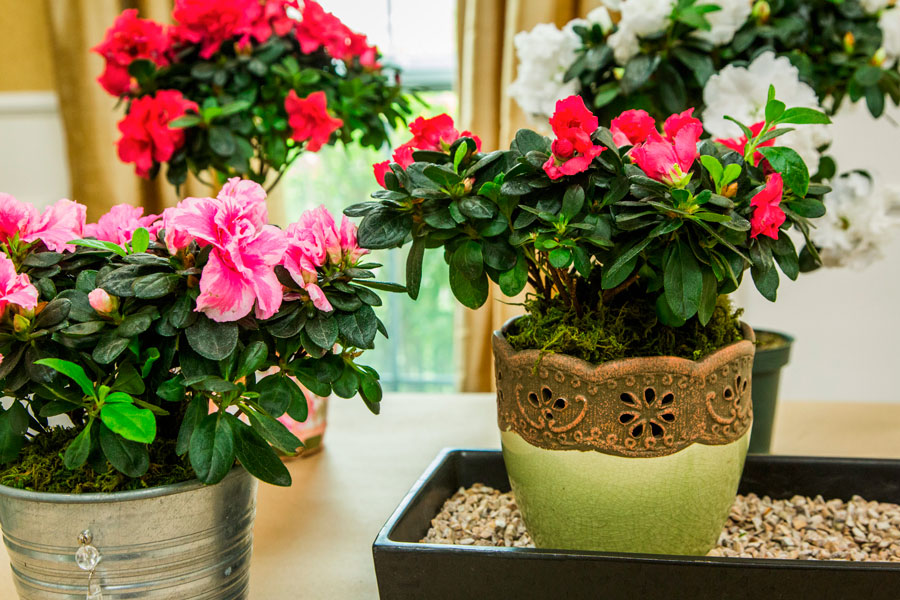
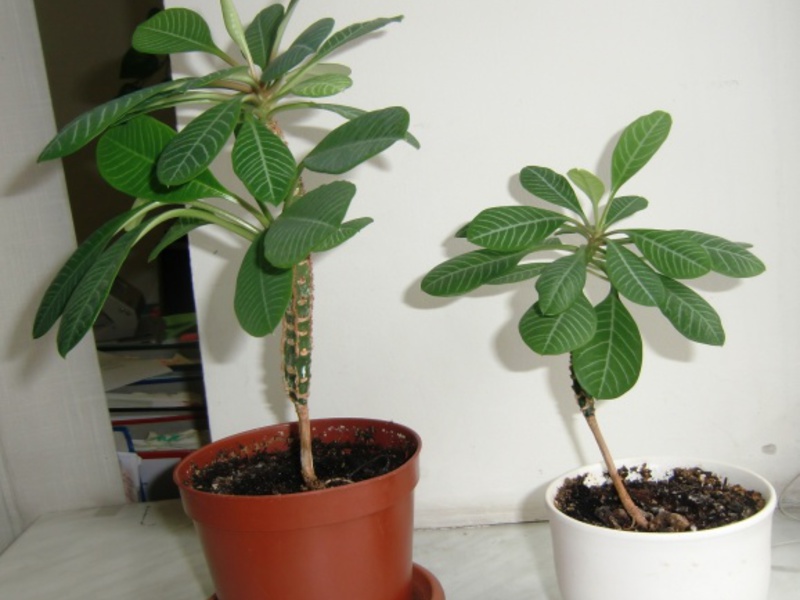
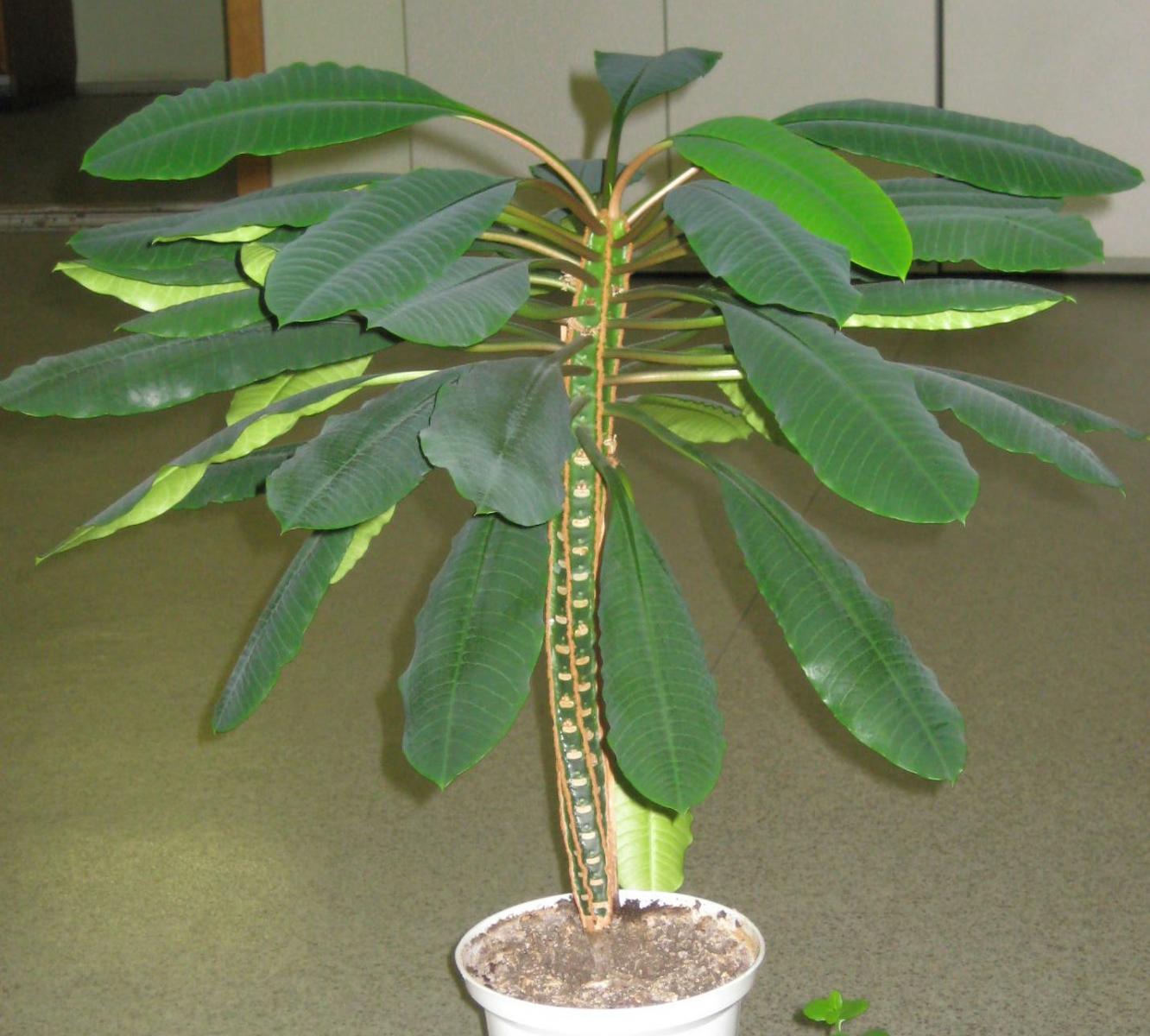



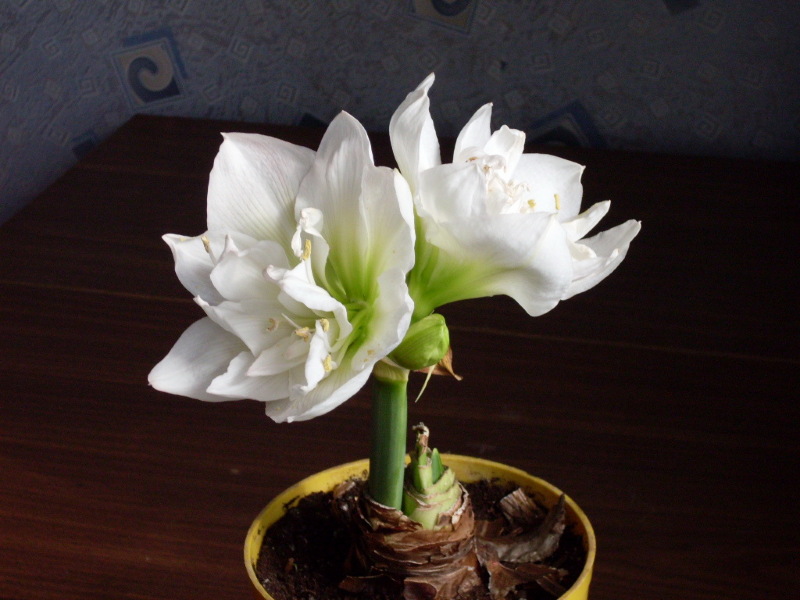
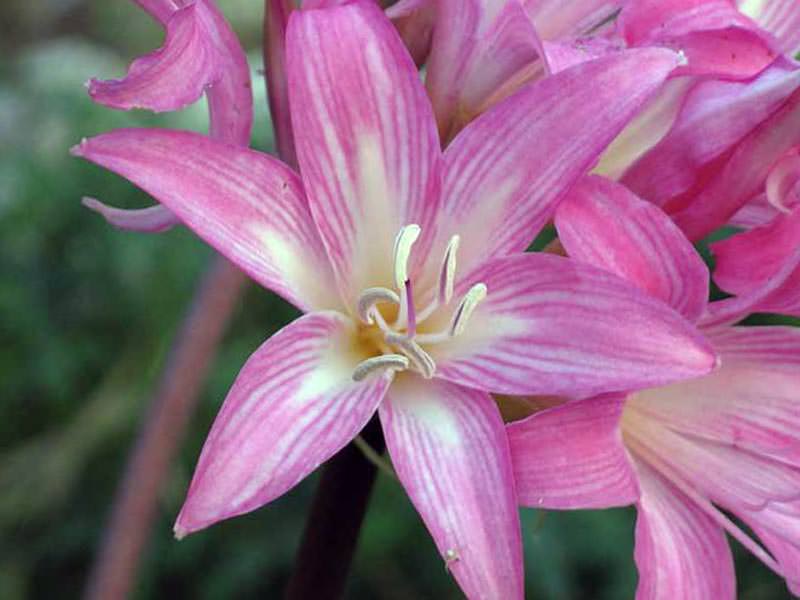
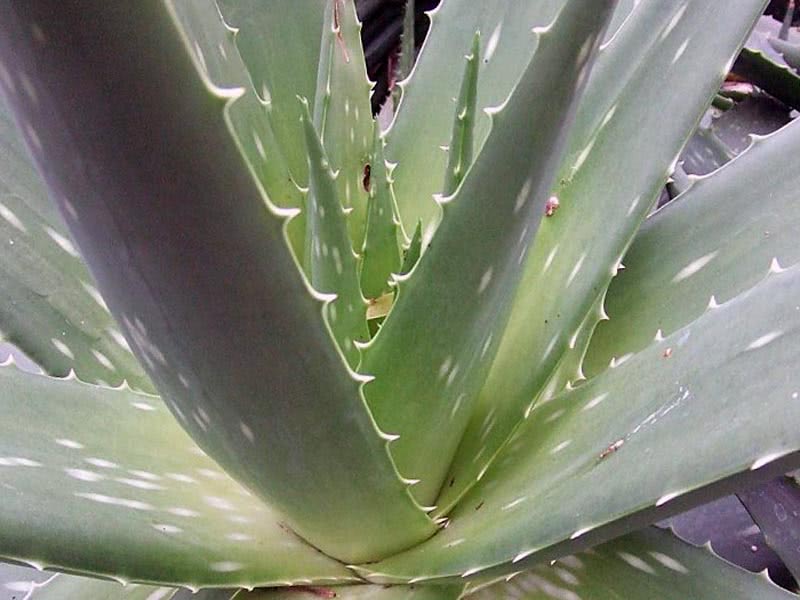
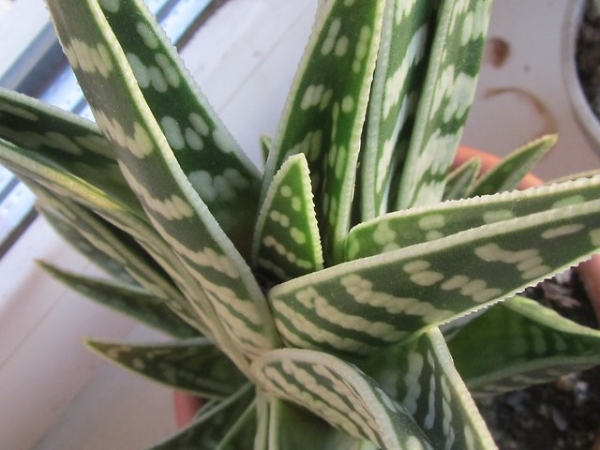
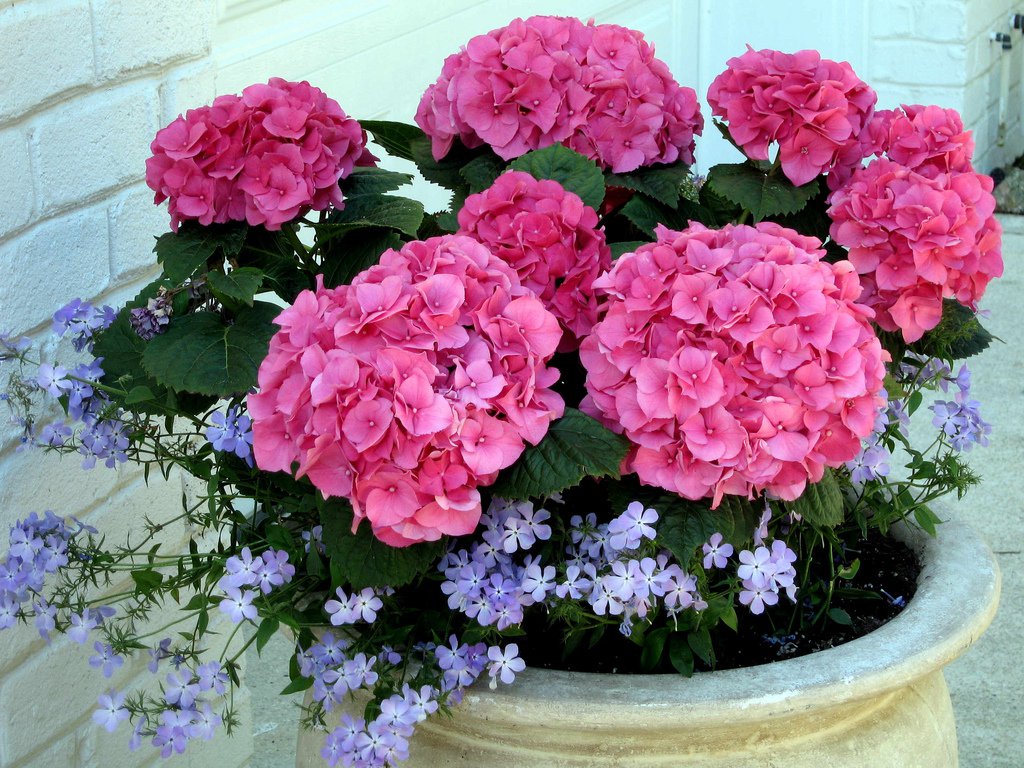
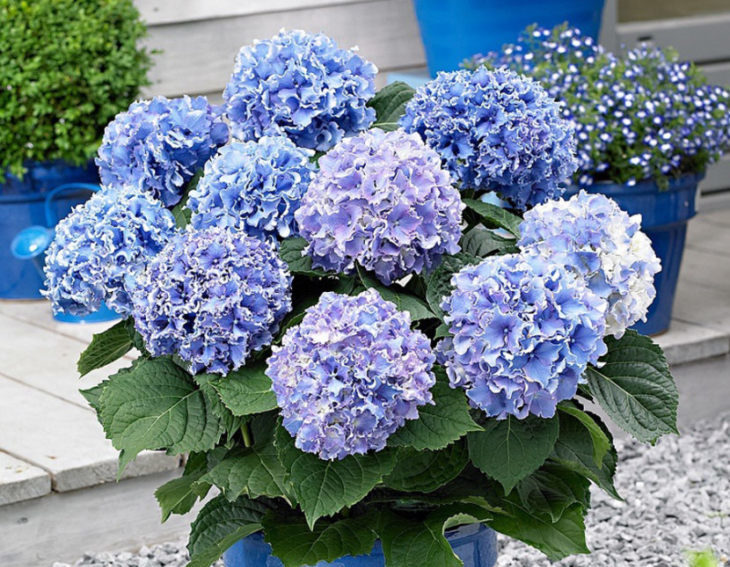

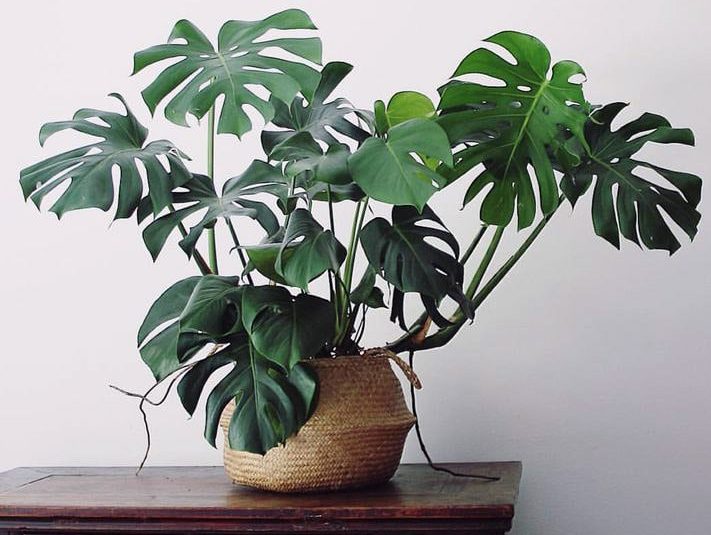
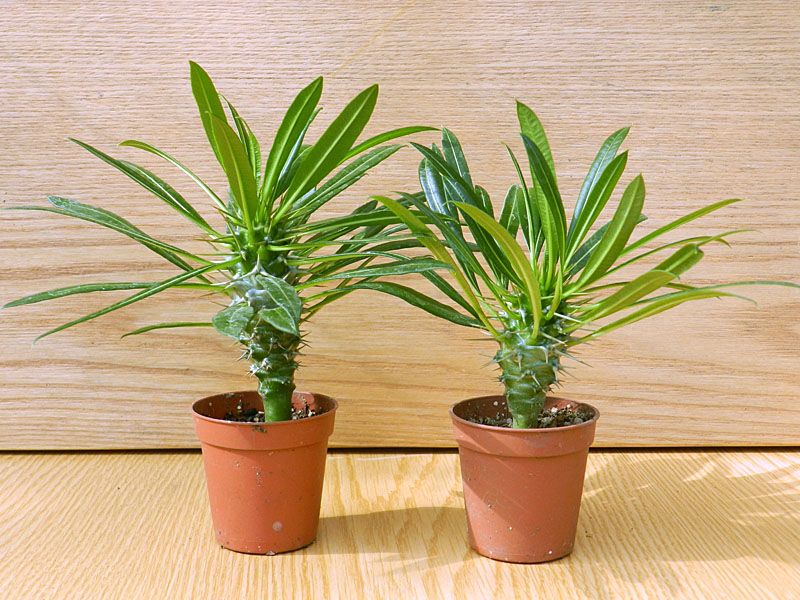
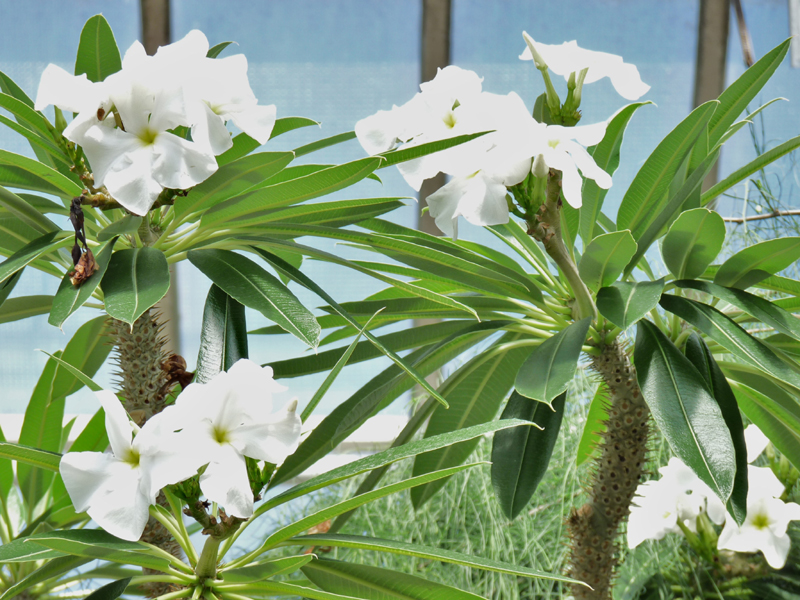
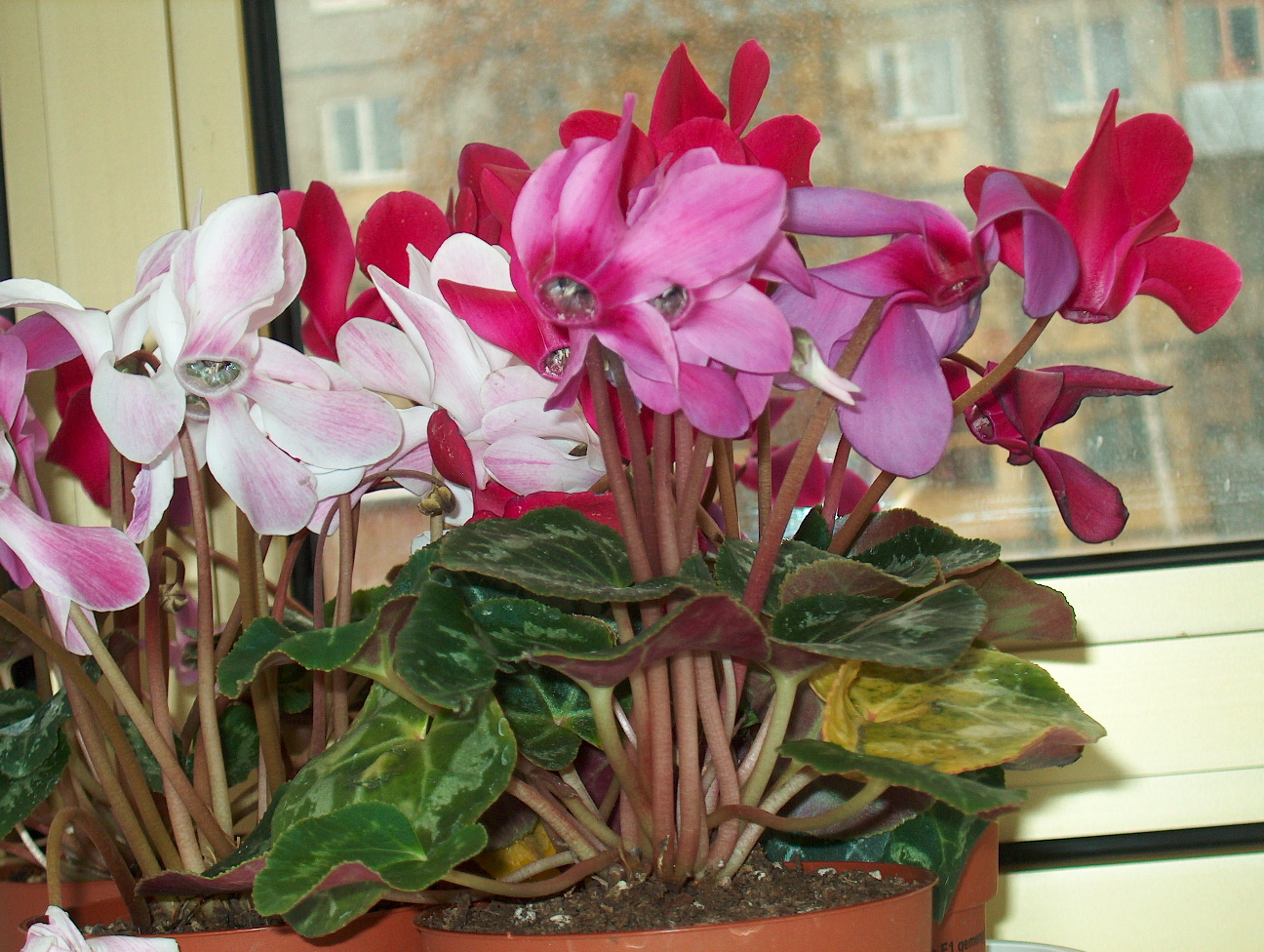

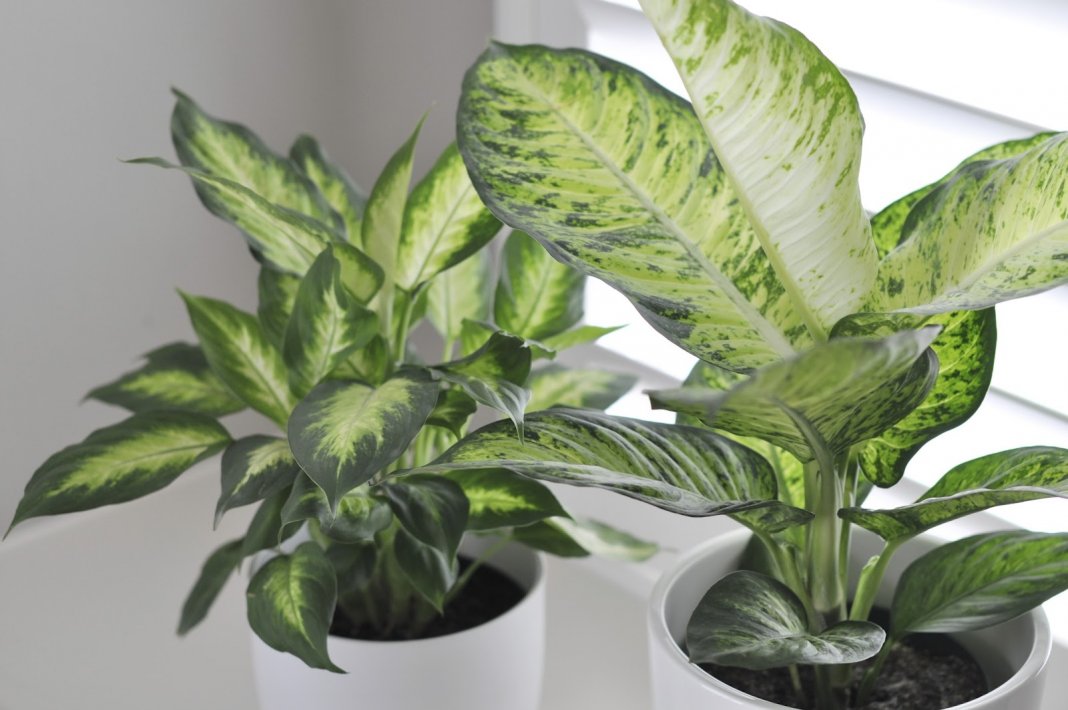
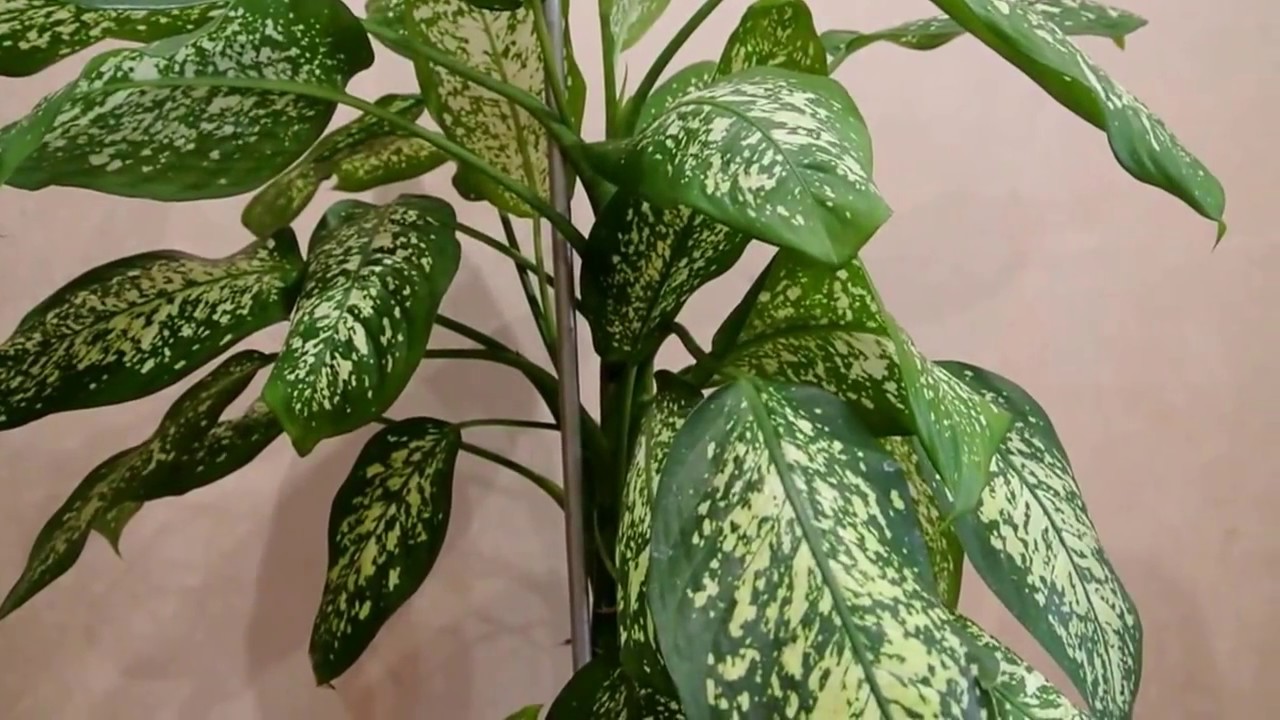

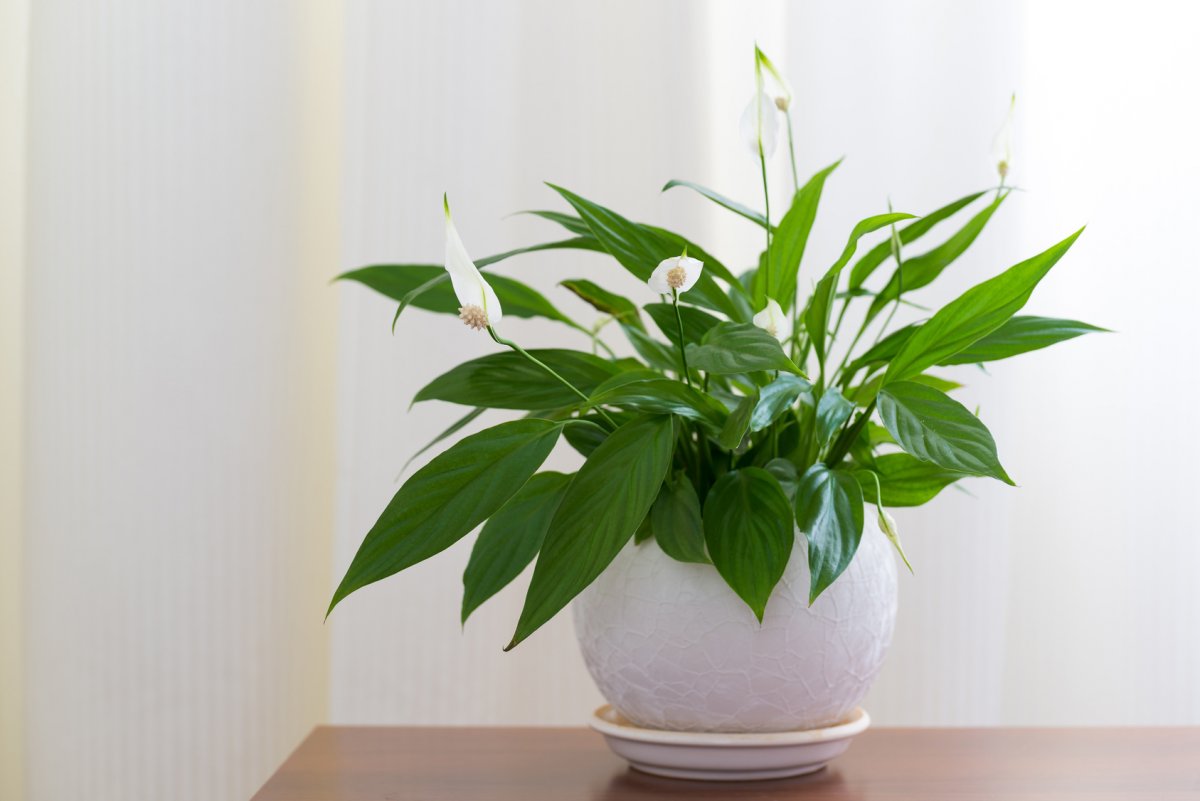
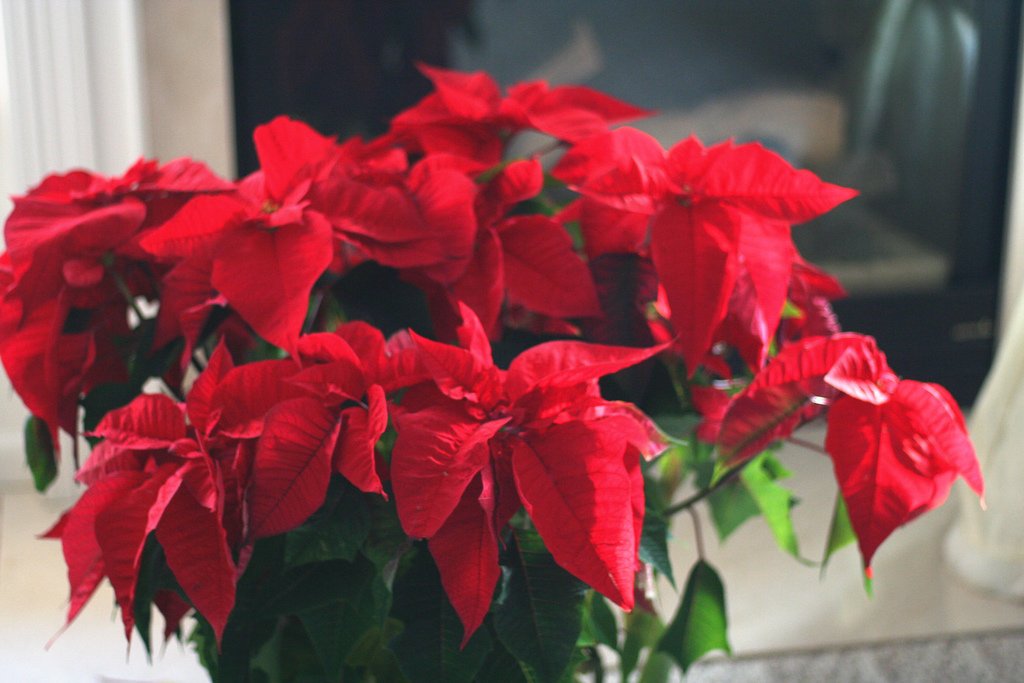
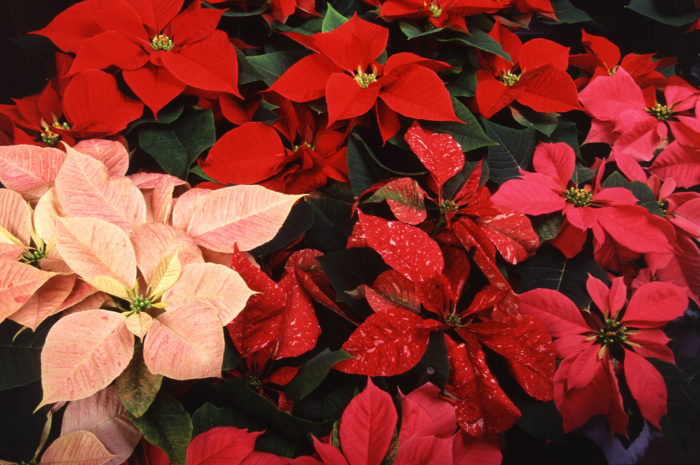

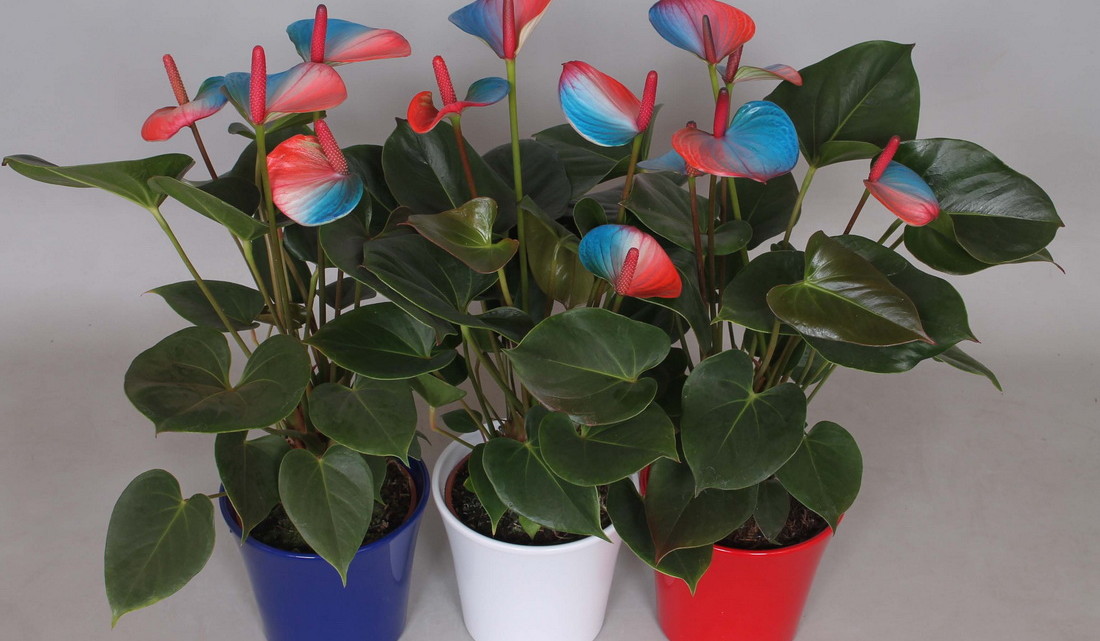
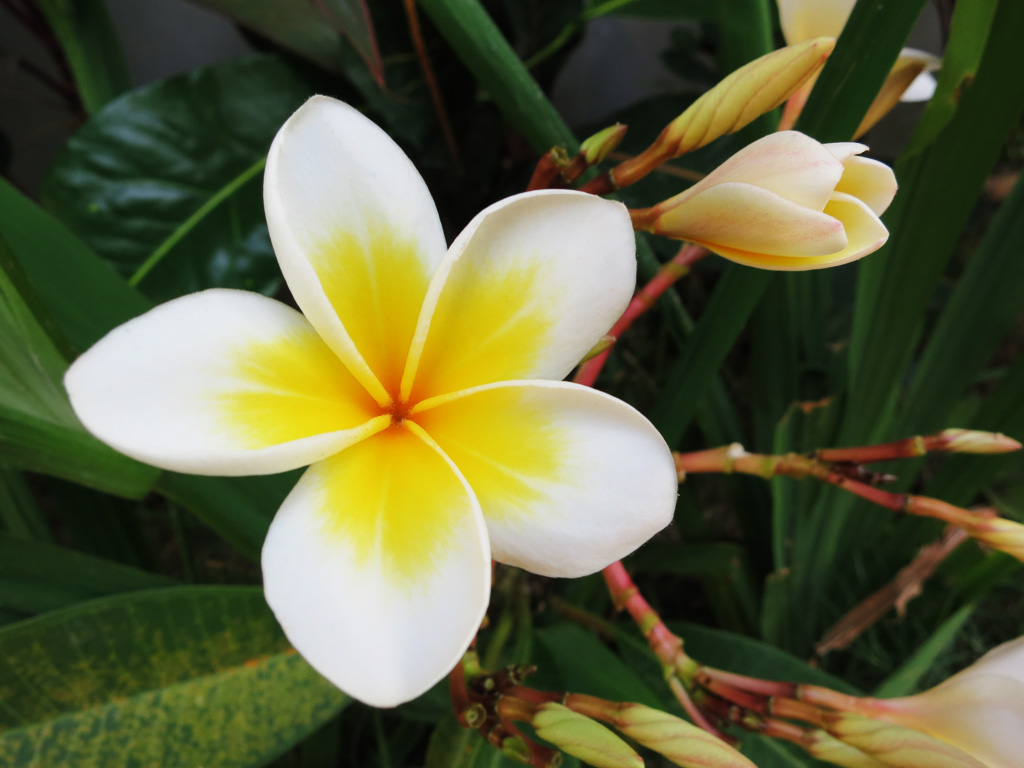
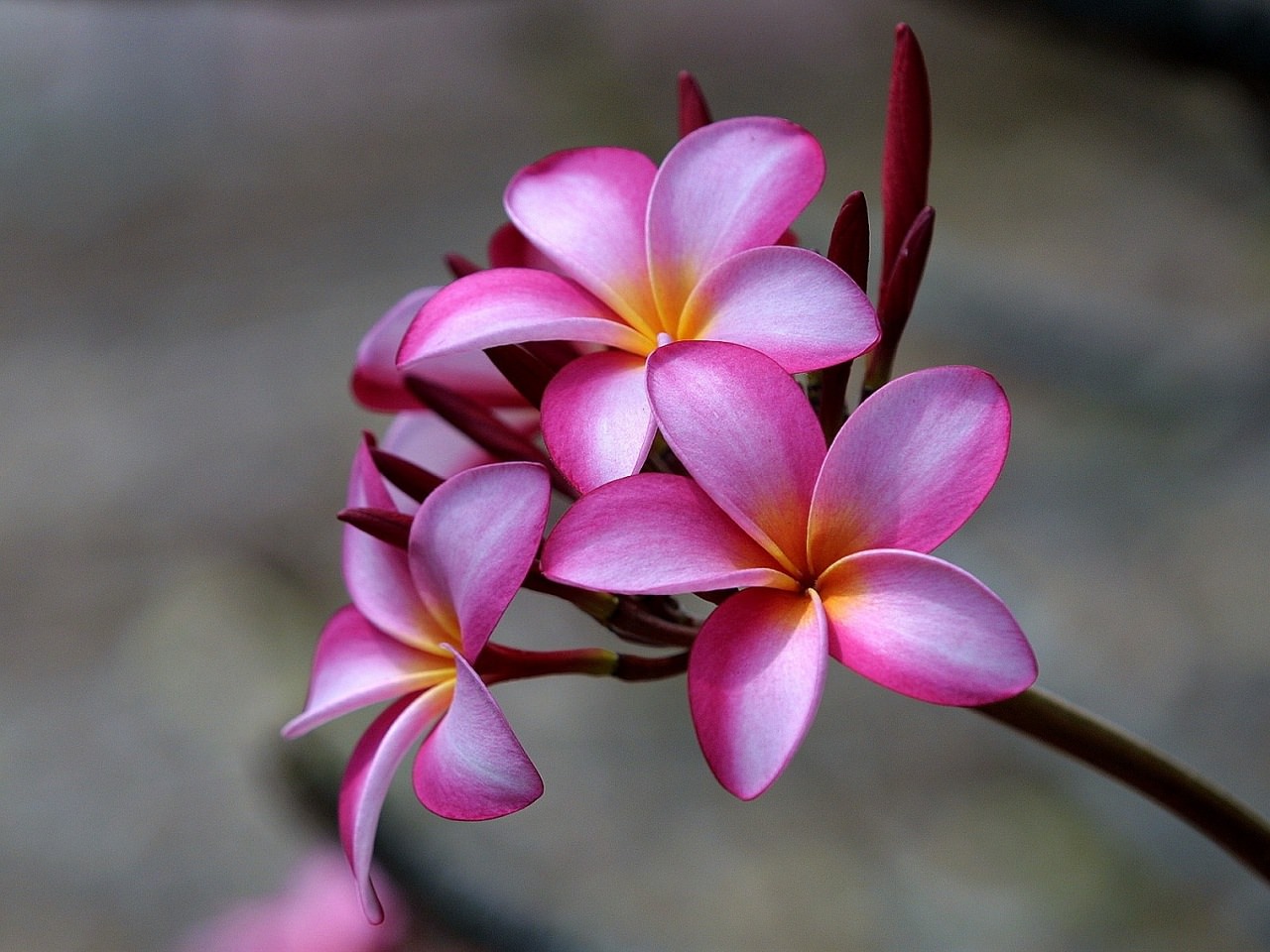
 Sow in the ground, without seedlings: 10 beautiful and unpretentious flowers
Sow in the ground, without seedlings: 10 beautiful and unpretentious flowers Platicodon planting and outdoor care
Platicodon planting and outdoor care Hosta - planting and care in the open ground in the Urals
Hosta - planting and care in the open ground in the Urals Oleander - care and growing at home
Oleander - care and growing at home